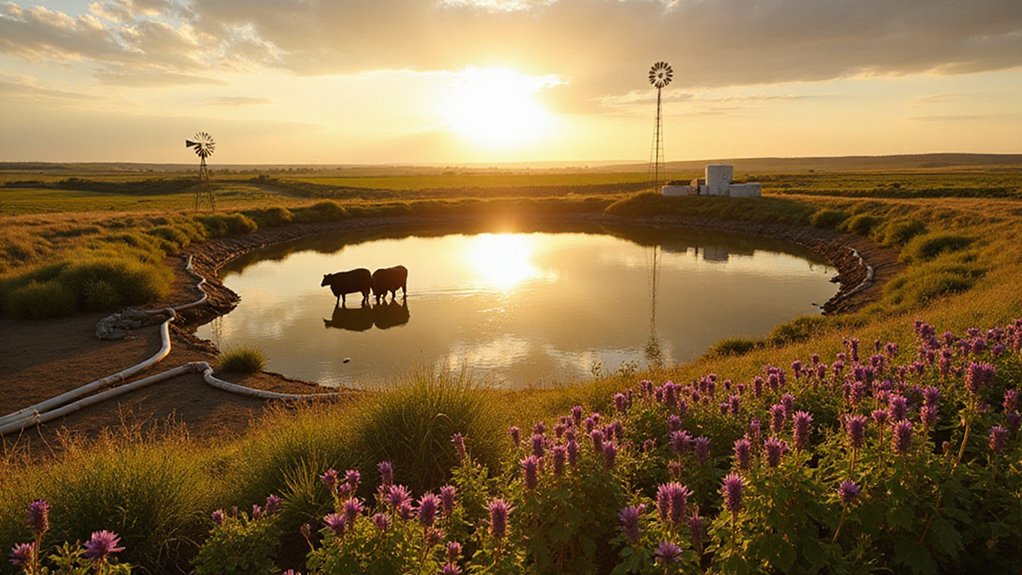Earth’s soils have lost over 2,000 gigatons of water in the past two decades. The most severe drop occurred between 2000-2002, with 1,614 gigatons vanishing. This massive depletion affects regions across East Asia, Central Africa, and the Americas. Climate change accelerates the water cycle through higher temperatures and increased evaporation. The consequences include soil erosion, crop losses, and even Earth rotation wobbles. The full impact extends beyond these visible effects.
As the planet continues to warm, Earth has lost more than 2,000 gigatons of soil water in the past two decades, signaling a growing crisis for agriculture and water security worldwide. The most dramatic drop occurred between 2000-2002, when soil moisture plummeted by 1,614 gigatons. Scientists haven’t observed any recovery in these levels as of 2021.
This massive water loss isn’t happening evenly across the globe. Large regions in East and Central Asia show severe depletion. Central Africa, North and South America are also suffering. Europe and the Eastern U.S. face similar challenges, while the Southwest U.S. has been drying out for 30-40 years.
Shifting precipitation patterns are driving this decline. Climate change is speeding up Earth’s water cycle. Higher temperatures increase evaporation from soil, lakes, and reservoirs. More water ends up in the air, but less stays in the ground where plants need it.
Climate change accelerates the water cycle, leaving our atmosphere wetter while our soils grow increasingly parched.
The consequences are serious. Scientists predict global soil erosion rates will jump 30-66% by 2070. This already costs agriculture $8 billion annually worldwide. By 2070, losses could reach 352 million tonnes of crops globally. Research has shown that this water depletion has caused a detectable Earth rotation wobble as it impacts the planet’s geophysical properties. Some regions would require above-average rainfall for at least 10 consecutive years to recover from current drought conditions.
Not all regions face the same conditions. While the 1930s and 1950s saw widespread U.S. droughts, the last 50 years have been generally wetter than average. However, the Western U.S. shows large decreases in soil moisture, while the Midwest and Northeast are getting wetter.
Researchers track these changes using several methods. The Global Soil Erosion Modelling platform projects future scenarios. The Palmer Drought Severity Index and Standardized Precipitation Evapotranspiration Index measure drought conditions. Reducing CO2 emissions would lead to healthier ecosystems that better maintain soil moisture levels and natural water cycling processes.
The soil moisture crisis threatens food security, especially in vulnerable parts of Africa and the tropics. It increases demand for land and water resources. By one estimate, we’ll need an additional 167,000 square kilometers of land and 10 billion cubic meters of water to maintain food production.
This affects not just agriculture but water supplies, energy production, and human health worldwide.








